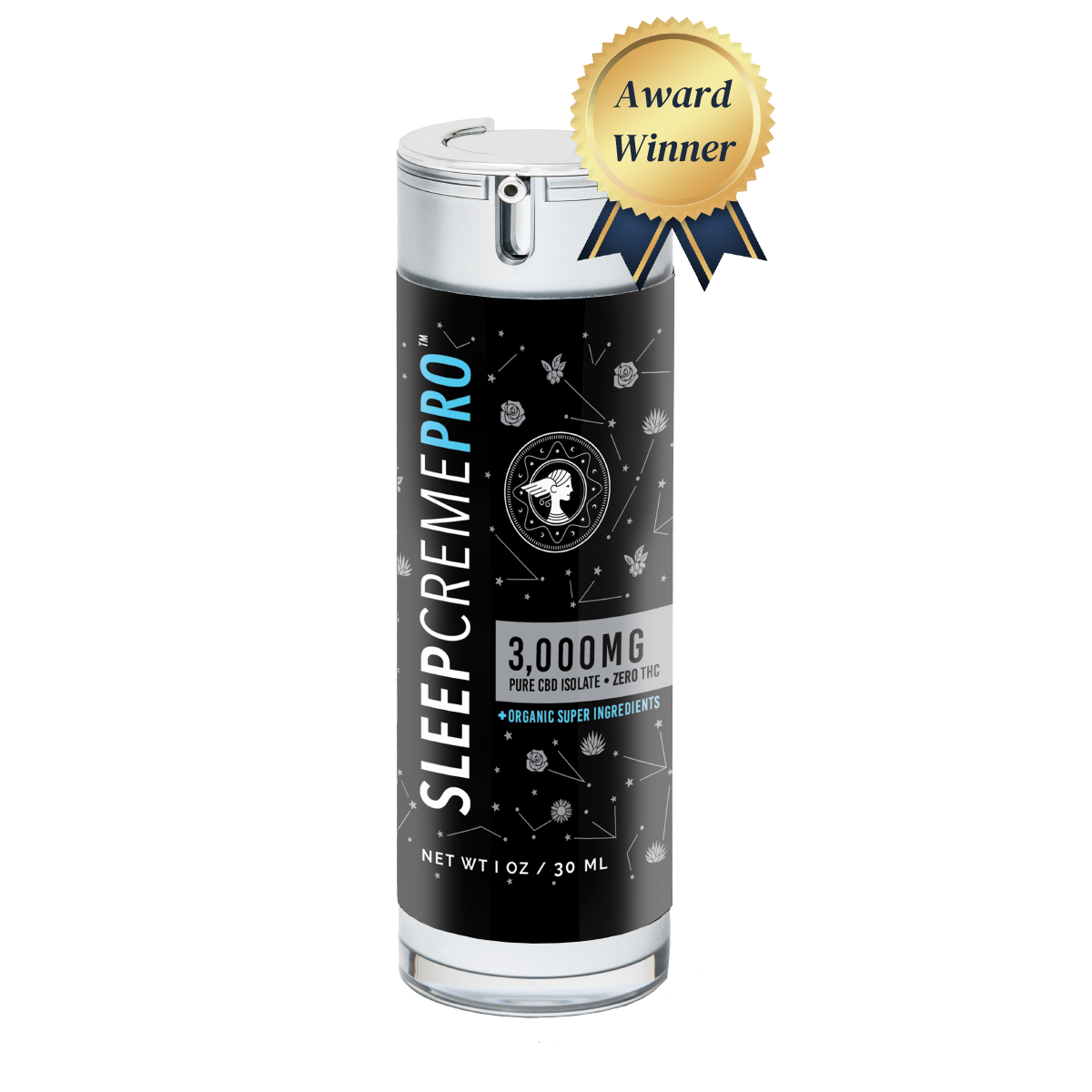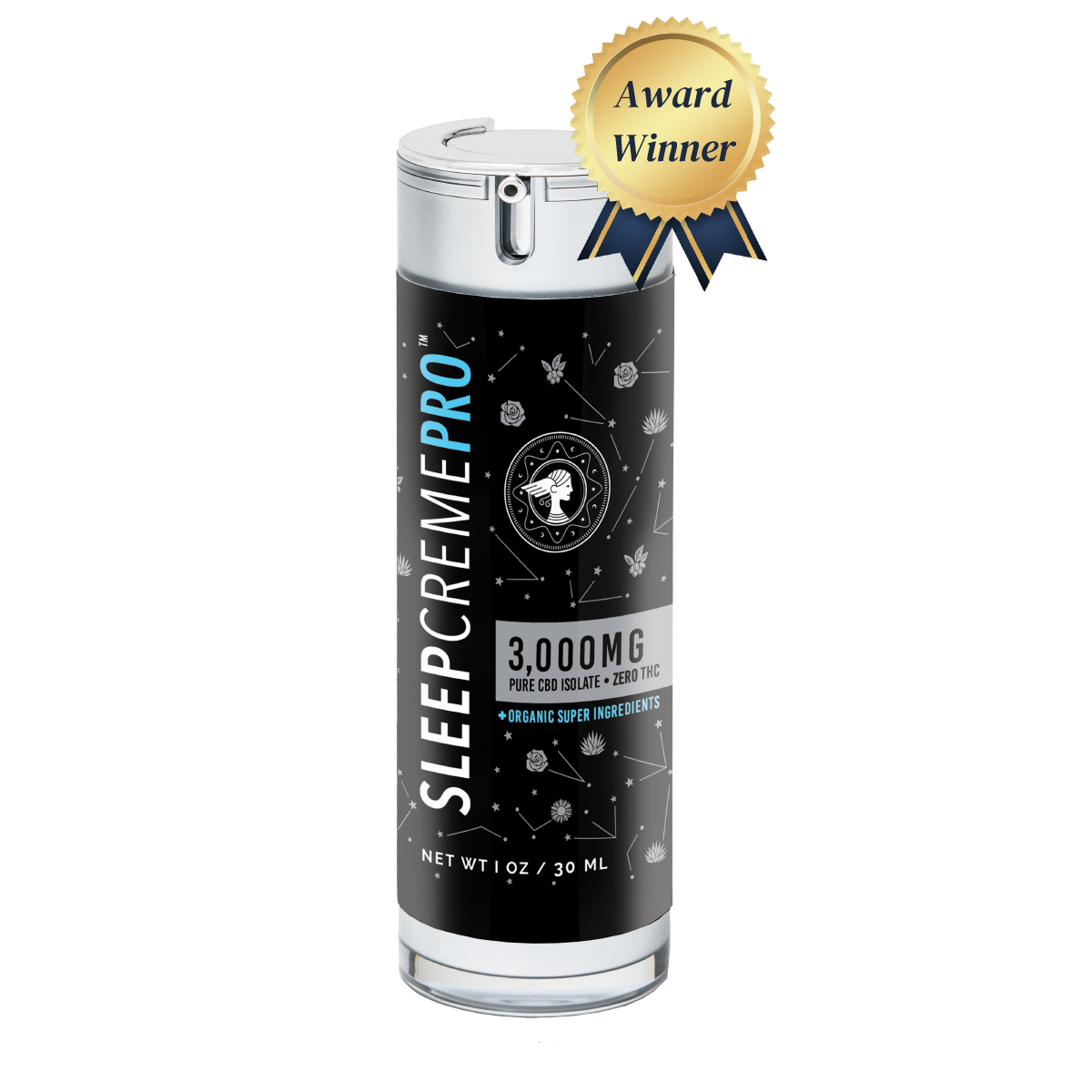Why Am I So Tired but Can’t Fall Asleep? Understanding the Journey from Couch to Bed
It’s a frustratingly familiar scenario: you’re nodding off on the couch, too tired to keep your eyes open, yet when you finally move to bed, sleep becomes elusive. Why does this happen? And should you allow yourself to fall asleep on the couch or use that sleepiness as a cue to transition to bed?
In this week’s article, we dive into the science of why sleep evades us after we leave the couch, explore whether couch-sleep is a good habit, and we share strategies to help you make the most of your bedtime routine.
The Couch: A Place of Relaxation, Not Rest
The couch feels like a safe haven after a long day. It’s cozy, associated with relaxation, and often paired with calming activities like watching TV or scrolling through your phone. This environment makes it easier to drift into a light sleep. But here’s the catch: while you may feel sleepy on the couch, the quality of that sleep is often poor.
Why Do We Fall Asleep on the Couch?
- Relaxation Without Pressure: The couch is linked to leisure rather than the expectation of sleep. This lack of pressure makes it easier to unwind, whereas the bed often carries the weight of “needing” to fall asleep, which can create anxiety.
- Ambient Noise and Light: The soft hum of the TV or dim lighting on the couch may lull you into a relaxed state. However, these elements also disrupt the quality of sleep. The flickering light from the TV and its erratic sounds prevent your brain from fully transitioning into restorative deep sleep. (Source)
- Body Positioning: Unlike your bed, the couch isn’t designed to support your body for sleep. Prolonged napping on the couch can lead to stiffness and discomfort.
The Bed: A Double-Edged Sword
When you leave the couch and move to bed, several psychological and physiological factors can disrupt your ability to fall asleep.
Why Does Sleep Evade Us in Bed?
- The Pressure to Sleep: The bed is a space directly associated with the expectation of sleep. This can lead to performance anxiety, where you’re so focused on falling asleep that you unintentionally stay awake. Cognitive Behavioral Therapy for Insomnia (CBT-I) addresses this issue by helping people reframe their relationship with the bed. (Source)
- Mental Stimulation: The journey from couch to bed often involves a mental shift. As you settle into bed, your mind may become preoccupied with worries or to-do lists, triggering wakefulness.
- Circadian Rhythm Disruption: If your pre-bedtime habits involve stimulating activities—like using screens, consuming caffeine, or engaging in stressful tasks—your circadian rhythm can become misaligned, making it harder to fall asleep.
- Second Wind Syndrome: Delaying bedtime can lead to a "second wind," a burst of alertness fueled by stress hormones like cortisol. This can undo the natural sleepiness you felt on the couch.
Should You Let Yourself Fall Asleep on the Couch?
When sleepiness sets in on the couch, it’s tempting to stay put and let sleep take over. But is this a good idea? While an occasional nap on the couch is fine, making it a regular habit can interfere with your overall sleep hygiene.
The Downsides of Couch Sleep
- Disrupted Sleep Cycles: The light and noise from the TV can prevent your brain from completing the deep sleep stages needed for proper rest.
- Weakened Sleep Associations: Regularly falling asleep on the couch weakens the mental connection between your bed and sleep, which can make it harder to fall asleep in bed over time.
- Physical Discomfort: Most couches aren’t ergonomically designed for sleep, leading to back pain or stiffness.
A Better Approach
Use your sleepiness on the couch as a cue to transition to bed. When you feel your eyes getting heavy, this is your body signaling that your melatonin levels are rising and your circadian rhythm is aligned for sleep. Take advantage of this natural window to head to bed and begin your sleep routine.
How to Optimize the Journey from Couch to Bed
- Recognize Your Sleep Cues: Yawning, heavy eyelids, and decreased alertness are all signs that your body is ready for sleep. When you notice these, it’s time to turn off the TV and head to bed.
- Establish a Consistent Routine: Create a pre-sleep routine that helps your body transition smoothly from wakefulness to sleep. This might include dimming the lights, practicing meditation, or reading a book.
- Avoid Stimulation Before Bed: Turn off screens at least an hour before bedtime to reduce blue light exposure, which can suppress melatonin production. (Source)
- Reserve the Bed for Sleep: Strengthen your brain’s association between your bed and restful sleep by using it only for sleep and intimacy. This will make it easier to fall asleep once you lie down.
- Use Relaxation Techniques: If your mind starts racing when you get into bed, try deep breathing exercises, progressive muscle relaxation, or mindfulness meditation to calm your thoughts.
The Role of Sleep Hygiene
Good sleep hygiene involves habits that promote consistent, high-quality sleep. Some key practices include:
- Sticking to a regular sleep schedule, even on weekends.
- Keeping your bedroom dark, quiet, and cool.
- Avoiding caffeine, alcohol, and heavy meals close to bedtime.
- Addressing stress or anxiety through journaling, therapy, or relaxation techniques.
How SleepCreme Can Help
For those struggling with the journey from couch to bed, SleepCreme offers a holistic solution. Designed to naturally support sleep, it helps you relax and quiet your mind, making it easier to transition into restful sleep. Here’s how to incorporate SleepCreme into your bedtime routine:
- Apply SleepCreme as Part of Your Routine: Massage a small amount onto your skin about 30 minutes before bed. The calming ingredients can help signal to your body that it’s time to relax.
- Combine with Relaxation Techniques: Use SleepCreme alongside deep breathing or mindfulness practices for an enhanced sense of calm.
- Make It a Consistent Habit: Incorporate SleepCreme into your nightly routine to build a strong association between the product and restful sleep.
For more information on how to use SleepCreme properly, visit our FAQs at SleepCreme.com.
Key Takeaways
- Falling asleep on the couch is common but rarely results in restful sleep. Use sleepiness as a cue to transition to your bed.
- The mental and physical shift from couch to bed can disrupt your ability to fall asleep. Managing this transition with a calming routine can make a significant difference.
- Prioritizing good sleep hygiene and using holistic aids like SleepCreme can help you achieve deeper, more restorative sleep.
- By making small adjustments to your habits and environment, you can turn your sleep struggles into restful nights.








